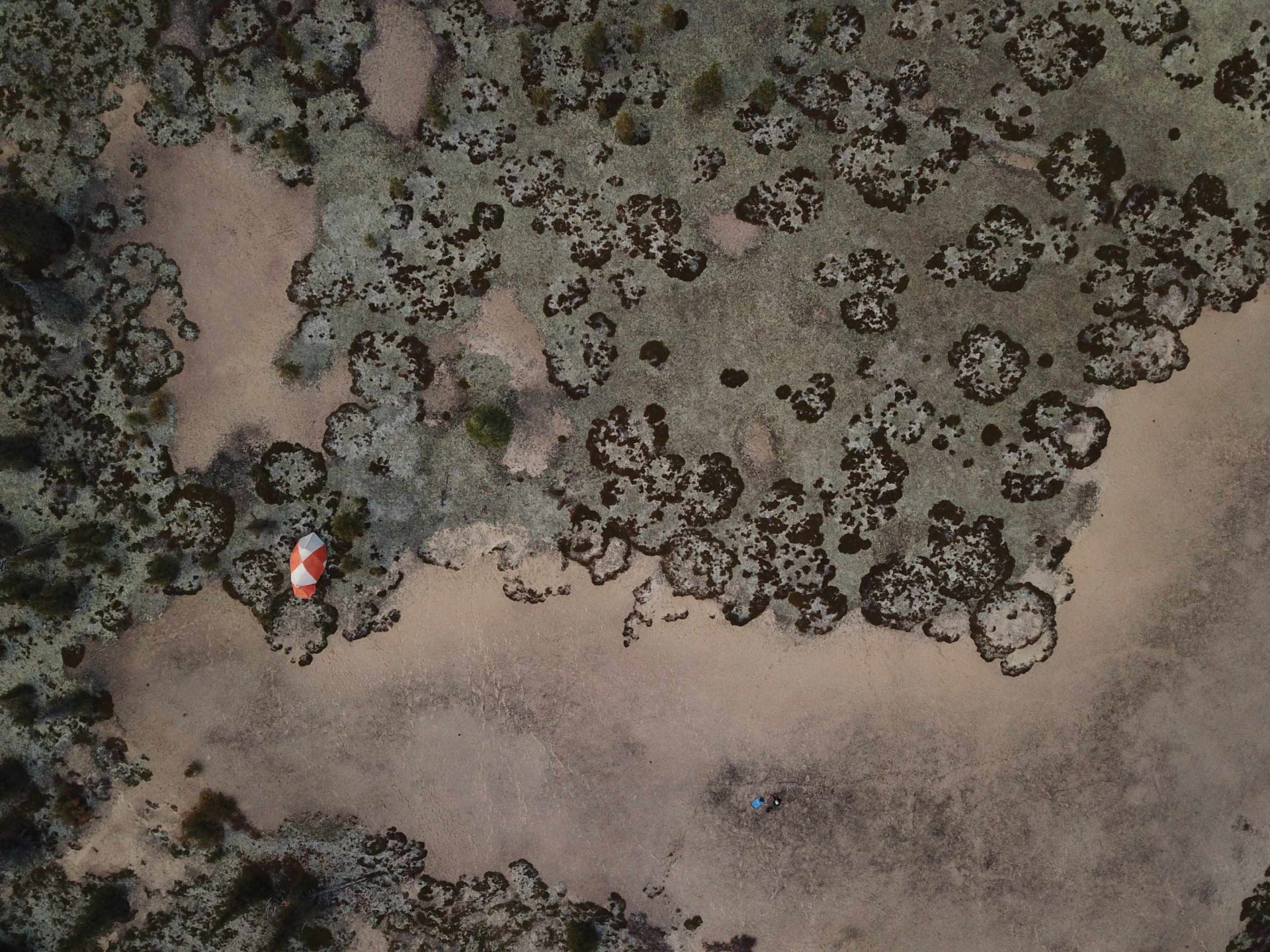
Muskox populations have rebounded strongly in recent years in Thaidene Nëné National Park Reserve, Canada’s newest national park! It is a protected area in the vicinity of the east arm of Great Slave Lake, located on the northern edge of the boreal forest in the Northwest Territories, Canada.
Thaidene Nene means ‘Land of the Ancestors’ in the Dënesųłiné—or Chipewyan—language. The Łutsël K’e Dene First Nation (ŁKDFN) consider Thaidene Nene to be the ‘heart of the homeland’ as well as a sacred place. The Northwest Territory Métis Nation also has significant cultural ties to the area. Thaidene Nene is a culturally rich area, including the traditional and present-day hunting, fishing, gathering and spiritual areas used by various Indigenous peoples.
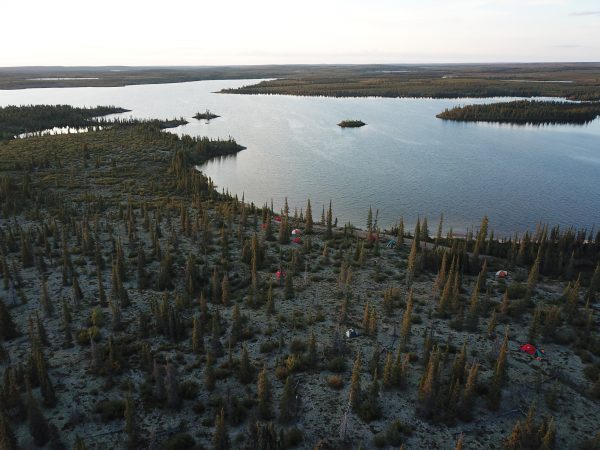
In 2019, we had the opportunity to run our first guided canoe trip in the new park – carrying on a long legacy from Alex Hall’s route in the area. At the end of our trip we spent a day exploring a breathtakingly beautiful area of small interconnected lakes, sandy eskers and big tundra hills. White sand beaches line these small interconnected lakes and old-growth spruce trees are scattered along lake shores.

This exquisite Shangri-La was actually added to the final boundary of Thaidene Nëné by suggestion of Alex Hall to folks working with the negotiators. Alex suggested the park boundary was a good one, but it was missing one of the most beautiful places in the barrens. Eventually the park boundary was extended – protecting this special place forever.
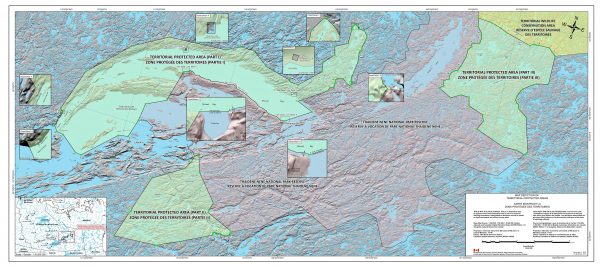
Our trip also included what is perhaps the best fishing hole in the Northwest Territories. Either Lake Trout or Arctic Grayling are caught on every-other cast! There is decent fishing almost everywhere on this trip.
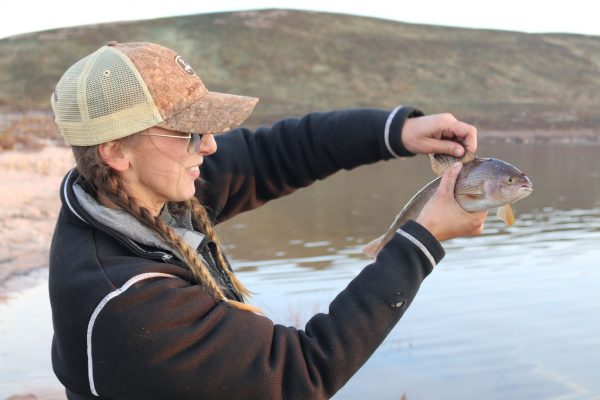
Muskoxen are abundant in this area – having survived being almost completely wiped out in the early 1900s. They are repopulating the barrenlands and moving south of the treeline in great numbers. In 2019, we spotted 56 muskoxen in 4 herds. 2 of the herds basically walked into our camp! The master bulls are quite vociferous at this time of year (fall). They uttter low, grumbling roars that carry for miles if it isn’t windy. We sometimes become aware of herds by these roars before we actually see them. Most herds consist of 10 to 25 animals.
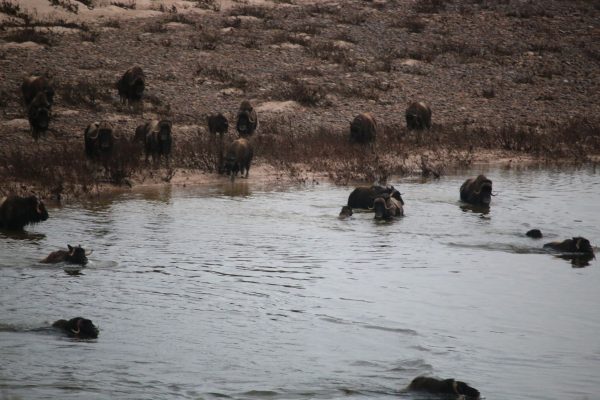
We are running another canoe trip in Thaidene Nëné National Park in summer 2022. You can check it out here!